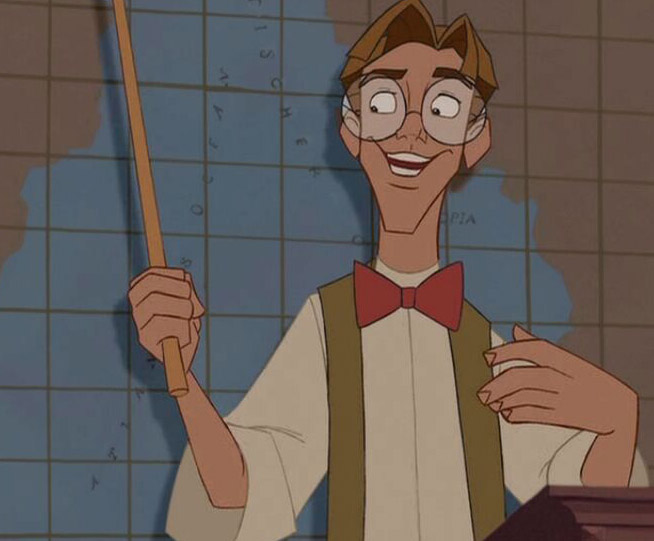

Released only a year before Treasure Planet, Atlantis, The Lost Empire by Gary Trousdale and Kirk Wise, wasn’t a disaster, but it wasn’t a hit either. Treasure Planet deserves another chance, and audiences deserve to see it unfold with the kind of effects that are only possible today. Modern cinematic effects and techniques, however, could absolutely create something brilliant. It’s also fair to say that visual art and fast-paced kinetic action wouldn’t have been possible with 2002’s live-action VFX.
#Milo atlantis movie#
It’s fair to say that the modern cinematic landscape would be fundamentally different had this movie been anything but a disaster. The failure of Treasure Planet is the kind of Greek tragedy that makes it hard to be a general movie fan. Unfortunately, it became one of the costliest flops in movie history, leading to decades of societal reorientation and a gradual move away from 2D animation. The film is one of the most visually awe-inspiring projects Disney has ever undertaken, a true creative masterpiece that took an inordinate amount of work and talent to complete. It took three presentations for the project to be approved by Jeffery Katzenberg, director of Disney at the time. Treasure PlanetĪfter many other projects with the mouse, the creative duo John Musker and Ron Clements finally got together the project of their dreams: a science fiction adaptation of the novel Treasure Island (1883) by Robert Louis Stevenson. So the technique works often enough not to die out, but perhaps choosing a better source material could help movies. Although Jon Favreau’s adaptation of The Lion King is unquestionably not a live-action film, it is a remake, and is the seventh highest-grossing film ever made. Cinderella, The Jungle Book, Beauty and the Beast, Aladdin, and The Lion King were smash hits, despite widely varying critical reactions, mostly due to name recognition. The film grossed a billion dollars, despite lackluster reviews, and paved the way for the rest of the franchise.ĭisney’s live-action movies haven’t all been financially successful, but the ones that have exploded have ended up with comedic stacks of cash. The real kickoff for this technique was the 2010 adaptation of Tim Burton’s Alice in Wonderland.


The studio did two live-action 101 Dalmatians, then shelved that process for a decade. However, during this period, live-action Disney films were few and far between. The first example of this phenomenon is the totally forgotten version of The Jungle Book from 1994. With dozens of these adaptations behind the company, there have been plenty of opportunities to learn. None of these movies have been released yet, the last one doesn’t even have an announced date, but the topic has become mainstream. Although some good films were born from this project and they were unquestionably profitable, most of the releases were overwhelmingly rejected by fans and audiences.Ĭurrently, the next two Disney live-action remakes that have captured the public’s attention are Robert Zemeckis’ version of Pinocchio, and Dean Fleisher’s Lilo & Stitch. For more than 20 years, Disney has embarked on a campaign to gradually transform its animated classics, which marked the childhood of many fans, into more modern live-action productions.


 0 kommentar(er)
0 kommentar(er)
